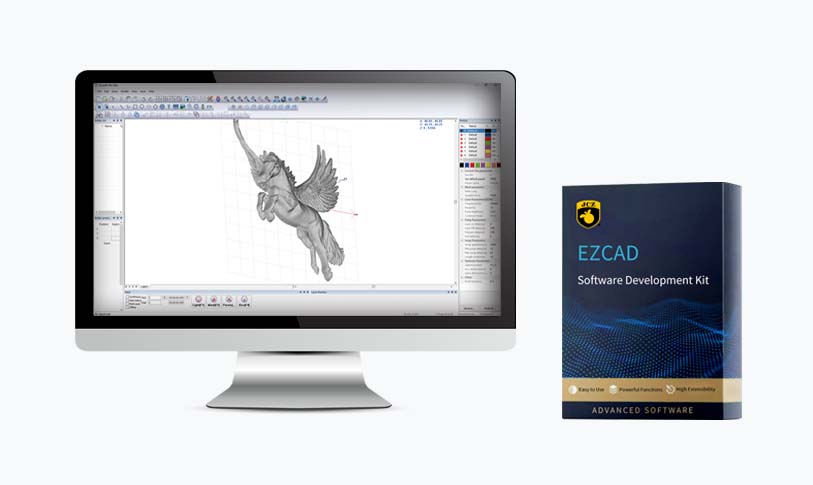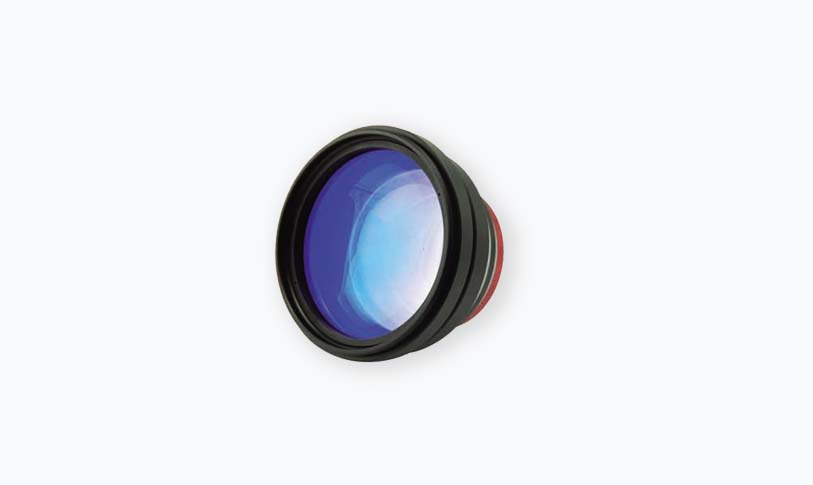[q switched picosecond laser]Q-Switched Picosecond Laser: The New Gold Standard in Skin Rejuvenation and Hair Removal
News 2025-7-28

Q-Switched Picosecond Laser: The New Gold Standard in Skin Rejuvenation and Hair Removal
What is a Q-Switched Picosecond Laser?

Q-Switched Picosecond Laser: The New Gold Standard in Skin Rejuvenation and Hair Removal
Skin Rejuvenation with Q-Switched Picosecond Laser
The Q-switched picosecond laser is an excellent tool for skin rejuvenation treatments. It can effectively target age spots, sun damage, and other signs of aging, improving the overall texture and appearance of the skin. The laser's ability to break down pigments without harming the surrounding tissue means that there is less risk of side effects such as scabbing or hyperpigmentation. This results in faster recovery times and more natural-looking outcomes.
Hair Removal with Q-Switched Picosecond Laser

Q-Switched Picosecond Laser: The New Gold Standard in Skin Rejuvenation and Hair Removal
Advantages of Q-Switched Picosecond Laser
The Q-switched picosecond laser offers several advantages over traditional laser treatments. Firstly, its precision targeting allows for more efficient treatment with minimal damage to surrounding tissue. This results in faster recovery times and reduced risk of side effects such as scabbing or hyperpigmentation. Secondly, the picosecond pulses allow for deeper penetration into the skin, resulting in more effective treatment for various conditions such as age spots or hair removal. Thirdly, this laser technology offers improved outcomes with more natural-looking results, thanks to its ability to target specific pigments without affecting the surrounding tissue.
Overall, the Q-switched picosecond laser is revolutionizing the fields of cosmetic and medical treatments. Its precision targeting, deep penetration, and minimal side effects make it an excellent choice for both professionals and patients seeking state-of-the-art treatments for skin rejuvenation and hair removal. With continued advancements in this technology, we are likely to see even more applications for the Q-switched picosecond laser in the future.